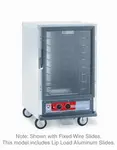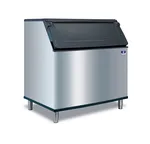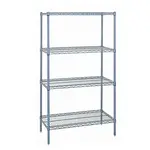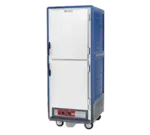
15 Food Safety Best Practices Every Foodservice Facility Must Observe
Food safety is crucial to the success of any foodservice establishment. [Practicing the right measures to make sure your food is safe for handling and consumption helps keep a good business reputation.] It ensures that you provide only high-quality products at all times and keeps your customers and staff healthy and happy.
Everyone who handles your food items on their long journey from the farm to the customer’s table plays a part in ensuring food safety. A single misstep along the way can lead to food contaminated with bacteria, viruses, parasites, and other microbes that cause diseases. If not properly addressed, this can create a foodborne illness outbreak that can cost you a great deal.
In what is widely known as the most infamous case of foodborne illness outbreak in American history, fast-food restaurant Jack in the Box almost closed shop in 1993 because of an E. coli outbreak. Hundreds of people were hospitalized and four children died after eating the restaurant’s undercooked burger patties.
One can’t put a price on the lives lost. Jack in the Box’s financial losses due to negative media exposure, lawsuits, and insurance premiums also racked up millions of dollars, not to mention the low sales and rock-bottom staff morale.
[Your business doesn’t have to suffer the same fate as Jack in the Box.] If there’s any good that came out of the widespread panic caused by the outbreak, authorities have now put in place more stringent regulations to minimize the onset of foodborne infections and diseases.
Still, the foodservice industry has a lot of work to do. The Centers for Disease Control and Prevention estimates that 1 in 6 Americans, or around 48 million individuals, suffer from foodborne infections every year. Of these, 128,000 are hospitalized and 3,000 die as a result. The industry loses $15.6 billion every year to a problem that can be prevented simply by observing basic food safety practices. {In this area, the axium “an ounce of prevention is worth a pound of cure” surely applies}
1. Proper Handwashing
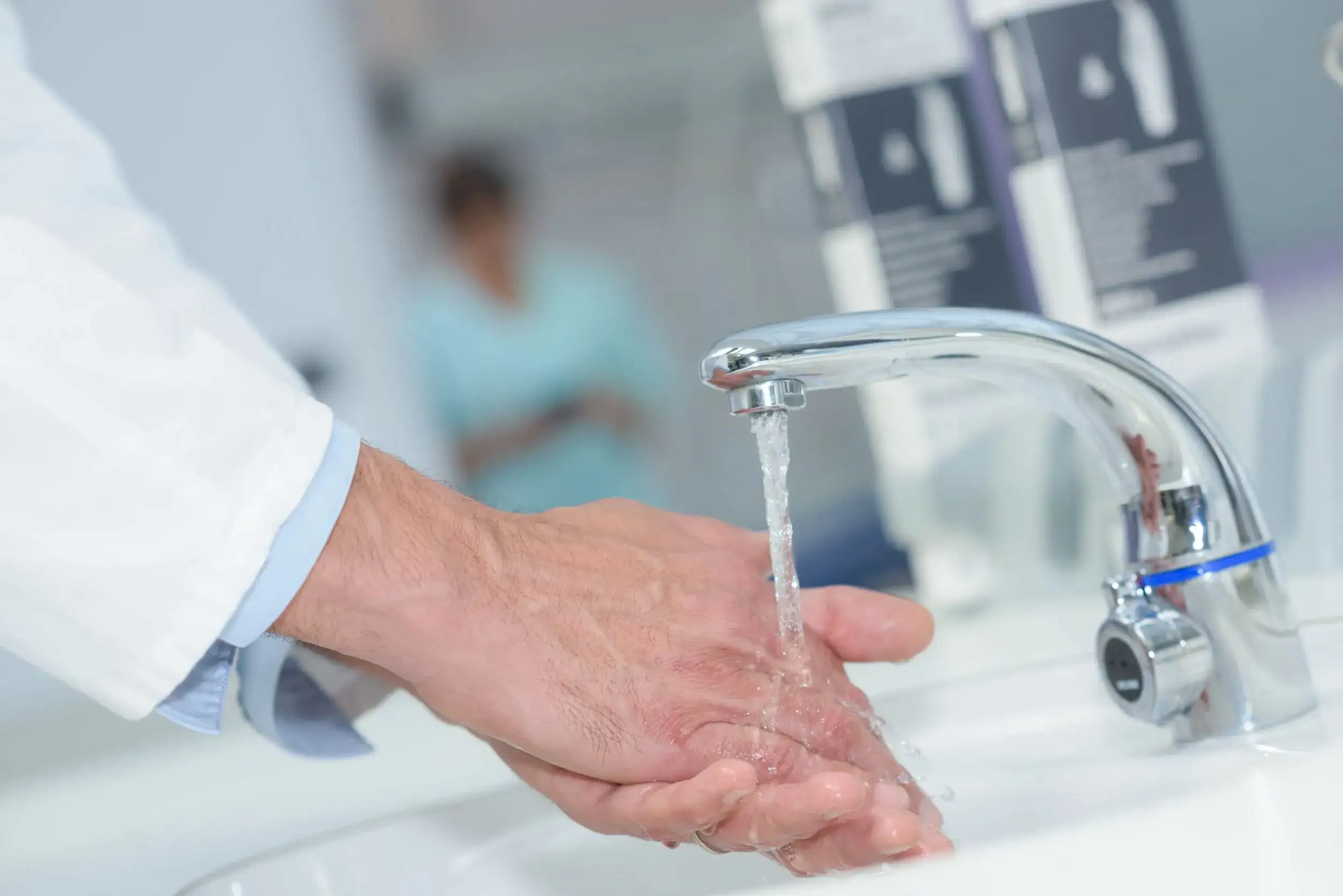 Washing the hands properly before handling food, equipment, or kitchen surfaces is the easiest, simplest way to do your part in ensuring food safety. Unfortunately, it’s also the least understood and most taken for granted kitchen practices. {This is especially so during peak periods when it’s difficult to think of anything but customer’s orders.}
Washing the hands properly before handling food, equipment, or kitchen surfaces is the easiest, simplest way to do your part in ensuring food safety. Unfortunately, it’s also the least understood and most taken for granted kitchen practices. {This is especially so during peak periods when it’s difficult to think of anything but customer’s orders.}
Staff should wash their hands for not less than 20 seconds. The FDA Food Code mandates that warm, soapy water with a temperature of 100° F or above be used, although new studies show that even using cooler water can remove bacteria. Thorough drying using a hand dryer or a single-use paper towel is a must, since wiping on soiled aprons or handkerchiefs can introduce new bacteria to the hands.
Management should take care to make frequent handwashing a habit for personnel. All front-of-house and kitchen staff must wash their hands after bussing tables, touching raw meat, fish, and poultry, going on a smoke break, touching phones, and handling money. Handwashing is also a must when you cough, sneeze, blow your nose, touch your hair, face, body, or clothes.
Basically, anytime you leave the kitchen, you will likely be touching all sorts of surfaces that are a breeding ground for bacteria. When you return to the kitchen, it’s important to head to the handwashing sink, which should be separate from the food prep and dishwashing sinks, for a proper wash.
2. Proper Sanitation Techniques
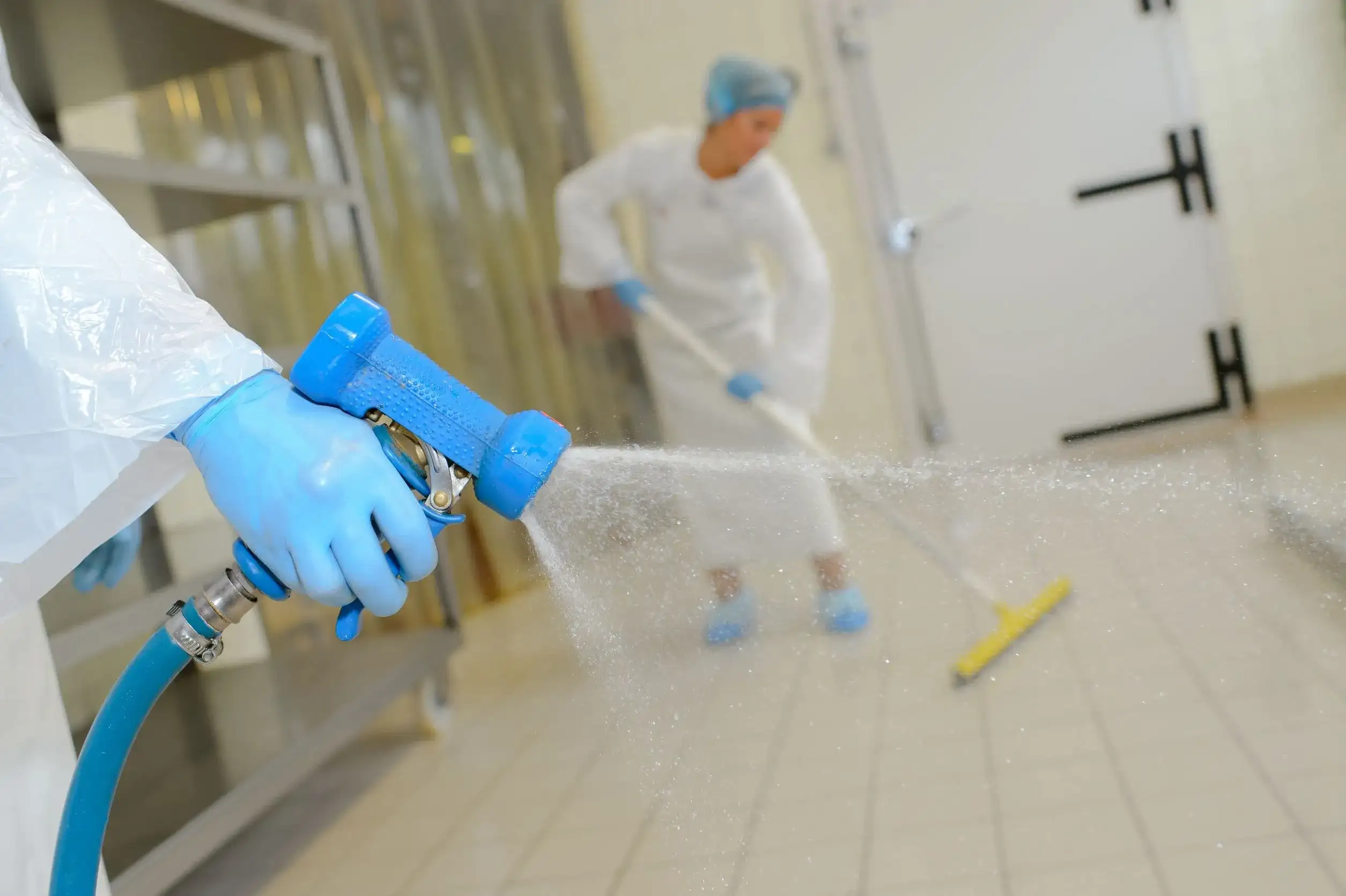 Set up a team {or individual} that will create cleaning and sanitation procedures. The team {or individual} is also responsible for [assigning staff to take care of each task and] making sure everything is implemented properly. The procedures should cover tasks that need to be carried out daily, weekly, monthly, and even hourly.
Set up a team {or individual} that will create cleaning and sanitation procedures. The team {or individual} is also responsible for [assigning staff to take care of each task and] making sure everything is implemented properly. The procedures should cover tasks that need to be carried out daily, weekly, monthly, and even hourly.
Make sure all work surfaces, cutting boards, and preparation areas are always clean and sanitized. This means someone has to be on the lookout for dirty surfaces, equipment, and utensils to be cleaned and sanitized after every use.
Other items only need once-a-day sanitizing at the end of the shift, such as griddles and convection ovens. Storage units and shelves can be sanitized every week, while items that are less likely to come in contact with the food, such as hood vent covers and ceiling fans, can be cleaned and sanitized once a month.
Also, create a standard technique for cleaning and sanitizing surfaces. Below is a basic method you can follow:
- Remove food debris from the surface.
- Clean the surface with warm water and soap.
- Rinse with water and a clean cloth.
- Apply a professional sanitizer.
- Let the surface air-dry.
Check your cleaners and sanitizers to make sure they will not damage your equipment. If you use chemical sanitizers such as quaternary ammonium, chlorine, and iodine, make sure that staff are well-trained in using these substances.
Heat can also be used to sanitize smaller items, such as knives, {serving} spoons, and forks. If you prefer to use heat, items should be sterilized in hot water at a temperature of 171° F for a minimum of 30 seconds. You can also run them through a high-temperature dishwasher as long as they’re dishwasher-safe.
3. Minimum Internal Temperatures
The FDA recommends that certain foods be cooked at specific temperatures. This reduces pathogens to safe levels and minimizes the risk of an outbreak. The Jack in the Box incident was caused by burger patties that were cooked below the 160° F threshold for ground beef. The staff said that cooking their patties at this temperature made them too dry and hard. Unfortunately, it also made their burgers unfit for consumption.
When checking the internal temperature of your food, always use a sanitized food thermometer. Don’t rely on what you can see; you can’t tell how hot a food product is simply by looking at it. Check out the table below for the recommended minimum temperatures as mandated by the FDA.
Poultry, including whole and ground chicken and turkey, duck and goose, and stuffing (cooked alone or stuffed in bird) | 165° F |
Ground beef, pork, lamb, and veal | 160° F |
Fresh pork and ham | 145° F |
Precooked ham | 140° F |
Egg dishes | 160° F, or until yolk and white are firm for whole eggs |
Fish | 145° F, or until flesh is opaque and separates easily with a fork |
Casseroles and leftovers | 165° F |
Shrimps, lobsters, and crabs | Cook until flesh is pearly and opaque. |
Clams, oysters, and mussels | Cook until shells open. |
Scallops | Cook until flesh is milky white or opaque and firm. |
4. Proper Chilling Temperatures
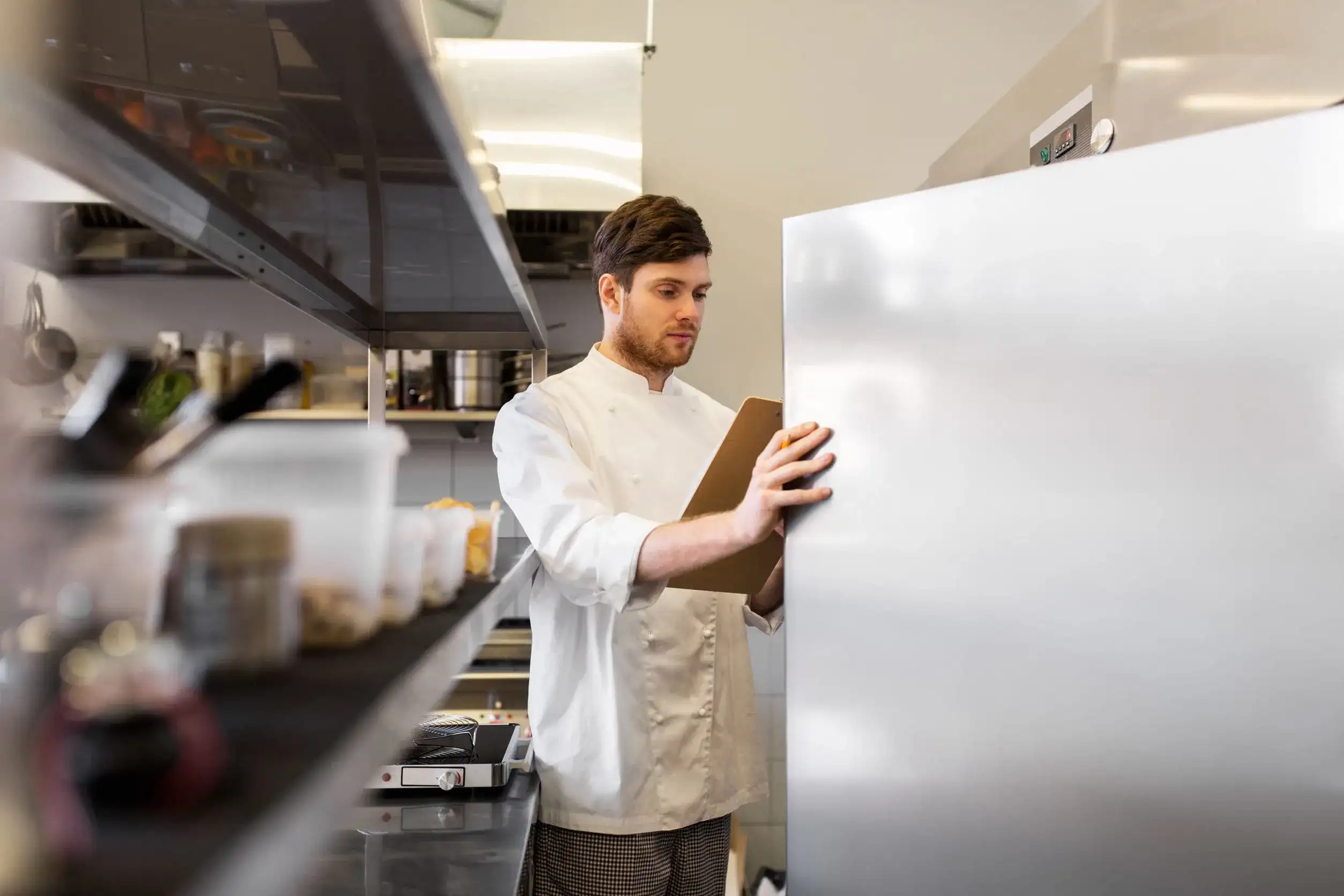 To maximize time and energy, kitchen staff sometimes prepare dishes early and put them away in cold storage to be taken out for reheating before serving. This can help lower costs, but it’s important that staff know the proper way to chill prepared foods to ensure that nothing is spoiled.
To maximize time and energy, kitchen staff sometimes prepare dishes early and put them away in cold storage to be taken out for reheating before serving. This can help lower costs, but it’s important that staff know the proper way to chill prepared foods to ensure that nothing is spoiled.
Bacteria find it easy to grow and spread when food reaches the temperature danger zone of 135° F to 45° F. When food reaches a temperature of 125° F to 70° F, it becomes the perfect breeding ground for disease-carrying bacteria. Food must pass through the danger zone as fast as possible.
As a general rule, food must be cooled below 70° F within two hours of cooking and down to 41° F or below within the next four hours. The faster you can bring the food temperature down, the better. If you find food items sitting outside cold storage for more than two hours, it’s best to dispose of these immediately. {Don’t be fooled in thinking that a hot tray of lasagna will cool to proper temperatures within two hours in the refrigerator of freezer. Besides the fact that you are stressing the unit even if it is a walk in. You may be surprised to find out that warm food can actually spoil on the way to lower temperatures. This is because it can take a full 8 hours to pass the danger zone even in the freezer. This is why some people utilize a blast chiller that literally sucks the hot temperatures out of the food in 30-90 minutes. This also makes the retheralized food taste better and last longer.}
5. Avoiding Cross-Contamination
Cross-contamination happens when disease-carrying germs transfer from one food to another. The best way to prevent this is to keep different types of food from one another, especially raw meat, poultry, and fish from cooked, ready-to-eat food.
When storing your items, keep one area designated to raw meat alone, preferably the lowest shelving unit. This keeps the meat juices from trickling into other food products. It’s also important to use separate equipment for preparing your items. It’s never advisable to use the same cutting board for slicing pork chops, cutting up a whole chicken, and dicing carrots and potatoes.
Some commercial kitchens use color-coded cutting boards, utensils, and containers for different items. You may want to adopt this practice as well to keep staff from accidentally using the same tools for different food items. The sanitation team also plays a huge part in preventing contamination since clean and sanitized surfaces are important to keep different types of food from coming in contact with one another.
{Another suggestion is not having your dirty dish area next to the food prep area if at all possible. Even the transport of dirty items should not directly cross the prep and cooking areas.}
6. Handling Produce Properly
 A lot of fruits and vegetables served by foodservice establishments are eaten uncooked, which is why it is critical that produce is handled and prepared with the utmost care for food safety.
A lot of fruits and vegetables served by foodservice establishments are eaten uncooked, which is why it is critical that produce is handled and prepared with the utmost care for food safety.
It’s best to order fresh produce frequently instead of packing them up for long-time storage. Create receiving guidelines that your suppliers must comply with if they want to maintain a good business relationship with you. Receivers must also keep their eyes open for warning signs, such as the presence of dirt or debris, insects and other pests, and unpleasant odors. They must also check for expiration dates and turn down all items that are past their due.
If receiving food items that must be kept at specific temperatures, anything that is not at the right temperature must also be rejected. Certain cultivars of apple, for instance, are best kept at 36° to 38° F. When exposed to lower temperatures, they could turn soggy and brown on the inside.
When storing fresh produce, do not wash them beforehand. Washed fruits and vegetables retain moisture that makes them the perfect place for mold to grow. Only wash them before preparation, and do so under water that is slightly warmer than the produce.
7. Maintaining Staff Health
Workers who come to work ill aren’t only unhappy and unproductive. They are also carriers of disease-carrying microorganisms that can be transferred to food. Keep the health of your staff a priority at all times. This includes everyone from the servers, bussers, waiters, hosts, and bartenders to cooks, chefs, dishwashers, and managers.
Anyone with a contagious disease, such as hepatitis A [salmonella, or e. coli] must steer clear of the workplace. Employees with open wounds that cannot be covered with a bandage {or glove} must also stay away until the wound has healed.
Any personnel with the flu, a cough, or a cold are better off spending their time at home until their health improves. It’s a win-win for everybody as employees can spend their time recovering and any chance of them spreading any foodborne illnesses at the workplace is curbed.
8. Food Safety Training
 Teaching your staff about the importance of food safety and the proper way to practice it is paramount. All personnel from top-level executive management to non-managerial staff must be involved in the implementation of food safety techniques. This may mean you will need to use different training strategies for different generations in the workforce.
Teaching your staff about the importance of food safety and the proper way to practice it is paramount. All personnel from top-level executive management to non-managerial staff must be involved in the implementation of food safety techniques. This may mean you will need to use different training strategies for different generations in the workforce.
Higher-level executives may need to be educated about the numbers. If you can demonstrate to them how investing, say, $20,000 in food safety can lead to a return of $2 million, they may be more than willing to work with you in ensuring that sound policies are in place and properly observed. You may also want to show them how much is at risk in terms of lost sales and the costs of potential lawsuits in case a food safety crisis occurs.
When communicating with a younger audience, you need to keep your message relevant. A millennial workforce needs to understand why it’s important for them to follow through with all food safety requirements. It’s difficult to get through to them if you simply give them a list of things they need to do. Employees of this generation work best when they find meaning in what they do.
9. Employee Behavior
While we’re on the subject of a list of things staff need to do, make sure that all foodservice personnel on your team understand that their behavior is critical to food safety. The task of ensuring food is safe for customers doesn’t lie on the shoulders of one food safety manager alone. It is a shared responsibility that all workers must be accountable for.
This means everyone must do their part by focusing on personal hygiene in the workplace. When at work, all employees must:
- Pull back their hair in hairnets and cover all facial hair.
- Cut their fingernails short.
- Leave rings, bracelets, watches, earrings, necklaces, and other jewelry pieces that may be home to microorganisms that may cause foodborne illnesses at home. At the very least, they must be removed when stepping into the work area.
- Change their aprons frequently. This is especially for dishwashers, whose aprons can get easily soiled when handling dirty dishes and utensils.
- Use single-use disposable gloves when handling raw meat, to be replaced after each use.
- Wear non-slip covered shoes.
One way to encourage workers to take responsibility for their hygiene is to provide regular self-assessment tests. This can help them recognize the areas where they fall behind and correct their behavior as needed. Providing incentives for employees who do well can also motivate them to focus on personal hygiene.
10. Self-Service Food Safety
 You can provide the best training for your staff, but most customers do not have adequate food safety knowledge. In self-service establishments, such as buffet restaurants, it helps to have at least one trained staff monitor the buffet area to ensure guests aren’t dipping their hands into the food or using different serving utensils. Choose an employee with great customer service skills, as some customers can feel uncomfortable having staff monitor them while they choose their portions.
You can provide the best training for your staff, but most customers do not have adequate food safety knowledge. In self-service establishments, such as buffet restaurants, it helps to have at least one trained staff monitor the buffet area to ensure guests aren’t dipping their hands into the food or using different serving utensils. Choose an employee with great customer service skills, as some customers can feel uncomfortable having staff monitor them while they choose their portions.
Always use at least one sanitized serving utensil for every food item to prevent contamination. If the monitoring staff observes that the utensils were used for other items not intended for them, they must replace the utensils at once. It helps to put up signs encouraging customers to use the right utensils and clean plates and cutlery when going back to the buffet.
Always use properly fitted covers, lids, and sneeze guards. For foods that require to be held at a certain temperature, make sure they are displayed outside of the danger zone. Have personnel check the temperature of the food every two hours using a sanitized thermometer. Anything that has not been touched beyond two hours should be thrown out. To minimize waste, it’s best for kitchen staff to prepare food in small batches that can be used within two hours.
11. Allergy-Friendly Restaurants
Approximately 15 million Americans have food allergies, and a handful of them are bound to walk into your establishment at any given day. There are more than 160 identified food allergens that can cause reactions, and any one of them can cause an issue at your establishment if the staff isn’t ready to handle them.
Start by appointing an allergen team, with one trained personnel on duty at all times. They are responsible for creating policies for both front and back-of-house personnel to help them address customers with allergy-related requests.
You also need to take out your menu and analyze every single ingredient. Make sure all ingredients are available to guests since they know their allergy better than any of your staff do, no matter how well-trained they are.
Use separate tools for preparing and serving food for customers with allergies. Invest in separate grills and fryers and use color-coded cutting boards, knives, and plates to eliminate all chance of allergen contamination.
Lastly, provide training for all staff to respond promptly to customers with allergy-related requests. If workers cannot fully satisfy a customer’s needs, this must be communicated clearly and properly. It is far better to lose business from one unhappy customer than to risk a food safety issue that will cost so much more down the line.
12. Beverage Safety
 Beverages shouldn’t be considered as an afterthought. Handling customers’ drinks should be subject to the same strict requirements as handling food.
Beverages shouldn’t be considered as an afterthought. Handling customers’ drinks should be subject to the same strict requirements as handling food.
All equipment used for preparing beverages, including cutting boards and knives for preparing garnishes, must be cleaned and sanitized before use. Bartenders must prepare their garnishes inside the kitchen, not at the bar, where microbes from customers’ hands can travel to the prepping surface. All garnishes must be cooled to 41° F or below, and if not used within four hours, must be thrown away.
Ice machines and accompanying scoops should also be sanitized. The bar should have its own ice machines dedicated solely for beverages. Place the scoop outside of the ice bin, and if you see signs of contamination, replace the scoop immediately.
13. Leveraging Technology
Food safety experts believe technology will play a big role in ensuring foodservice establishments provide safe food to their customers in the future. Equipment manufacturers are, in fact, already incorporating new applications into their products to help commercial kitchens take advantage of emerging technologies.
Examples of current tech being used right now are refrigerators and freezers fitted with wireless sensors that sound an alarm when the unit is unable to maintain a certain temperature. Some of the higher-end models also come with real-time temperature monitoring on the cloud so that managers can keep an eye on the temperature of their food products at all times using a mobile app.
The smart home industry is also branching out into the smart restaurant with programmable kitchen equipment. For example, some premium dishwasher units will not run if the amount of sanitizer or the temperature of the water is not set properly. Some restaurants have also installed automated front-of-house handwashing systems that help customers understand that they also play a part in ensuring food safety.
There are plenty more to keep an eye for. Future technologies that may also be useful include virtual and augmented reality for training employees, wearable tech to issue alerts and reminders, and blockchain to record every procedure the food goes through from the supply chain to the restaurant.
14. Manufacturer Audits
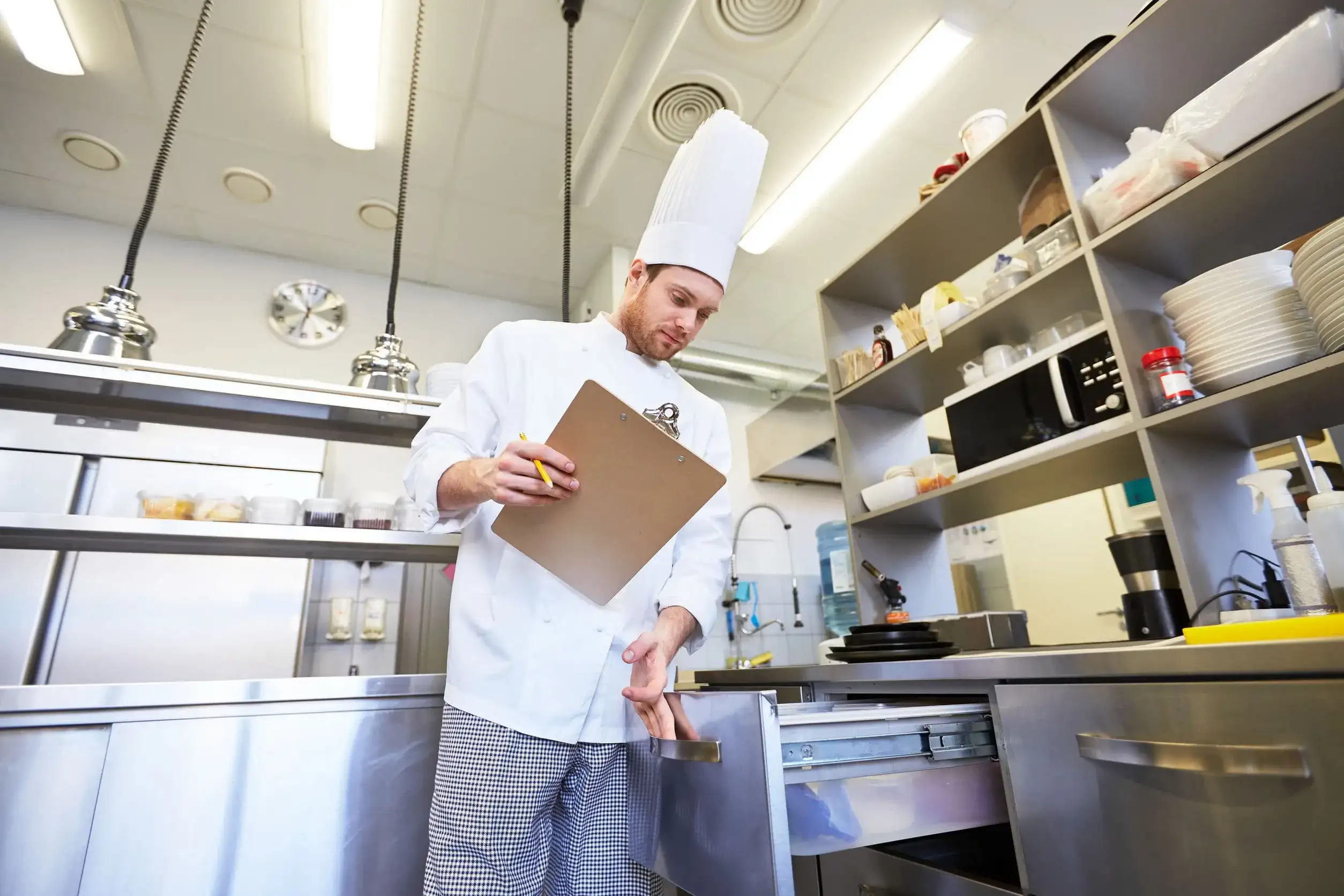 Does this apply to restaurants or to packaged food producers? According to the Food Safety Modernization Act of 2011, manufacturers of food items are required to submit a food safety plan with a hazards analysis for their ingredients, processes, and facilities. The law orders them to lay out all the specific controls they have in place to prevent issues that may arise.
Does this apply to restaurants or to packaged food producers? According to the Food Safety Modernization Act of 2011, manufacturers of food items are required to submit a food safety plan with a hazards analysis for their ingredients, processes, and facilities. The law orders them to lay out all the specific controls they have in place to prevent issues that may arise.
Foodservice operators must take advantage of this existing piece of legislation when dealing with manufacturers. Especially when making a purchase for the first time, ask for a copy of their food safety plan and review what they have to say about each of the products that you plan to buy from them.
You can even take it further by conduction a physical inspection of the manufacturer’s facilities, aside from the thorough audits. Look for a manufacturer that can provide a certificate that guarantees their products are safe instead of a mere informal letter.
15. Pest Control
The presence of even a single pest within the premises of your business can undo all the hard work you’ve done over the years. In some states, pest control comprises as much as 20% of the audit score. Poor performance in this area can significantly pull your score down, not to mention tarnish your restaurant’s reputation for a long time.
This is why pest management and control shouldn’t be treated as a one-time event. If you haven’t done so yet, it’s best to team up with a professional provider to ensure zero infestation.
Prevention is the key to successful pest control. It is even more important than using pest-killing chemicals that may risk the safety of your food. Proper cleaning and sanitation ensure pests aren’t attracted to food particles, puddles of moisture, and lingering odors. You must also ensure all entry points are closed off, including all cracks, holes, and gaps through which rodents, roaches, and other critters can squeeze through. {Air doors can prevent flying insects from getting in}
Regular inspection by pest control services and trained staff is also important. This helps you recognize possible signs of infestation and stay on top of it before it rears its ugly head. All hotspots, such as dumpsters, entrance and exit areas, the kitchen, and the dining area, must be checked frequently.


